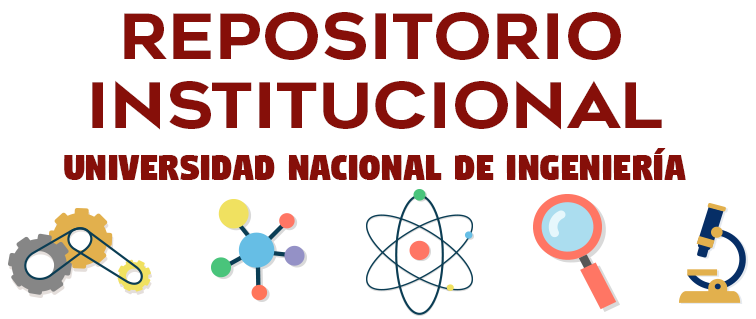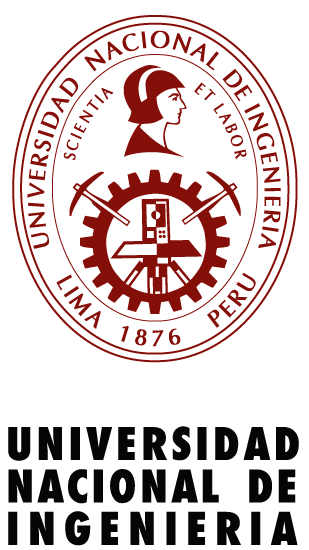Please use this identifier to cite or link to this item:
http://hdl.handle.net/20.500.14076/27696| Title: | Evaluación geomecánica en el sostenimiento con cimbras metálicas para la implementación del método Raise Climber en minería subterránea |
| Authors: | Fierro Quispe, Michael Anthony |
| Advisors: | Rosales Huamaní, Jimmy Aurelio |
| Keywords: | Cimbras metálicas;Evaluación geomecánica;Minería subterránea;Método de Raise Climber;Excavaciones verticales |
| Issue Date: | 2024 |
| Publisher: | Universidad Nacional de Ingeniería |
| Abstract: | Durante los años se ha venido realizando excavaciones verticales llamadas chimeneas, que son empleadas para comunicar puntos de ingreso de flujo de aire para ventilar zonas más profundas y también para instalar cables con energía eléctrica que ayudan a mantener energizada las labores de interior mina.
Estas excavaciones se han realizado con el tiempo de manera convencional y semi mecanizada tales como el método Raise Climber.
El método de Raise Climber, fue implementado con la finalidad de reducir el tiempo del ciclo de excavación vertical, la reducción de costos, obteniendo resultados en la mejora productividad de las actividades operativas. Este método de excavación vertical, debe llevarse a cabo con el respectivo proceso de sostenimiento adecuado según las condiciones geomecánicas.
El problema que se tiene en el proceso de excavación vertical se debe a la presencia de sistemas de fallas alrededor de la zona de trabajo y la influencia que estas generan en la excavación. Los esfuerzos se incrementan a medida que el proceso de excavación de la chimenea se da a grandes distancias, causando inestabilidad del macizo rocoso.
Es en base a ello que se realizó el análisis de estabilidad para la viabilidad del proyecto chimenea RC 10 que corresponde a la ejecución de ampliación en la EST 13 por el XC 9179-N, Nivel 2420, la ampliación de la EST 9147-S por el XC 9185-S del Nivel 2195 y la ejecución de la Chimenea RC 10 que conectará ambos niveles, en una mina subterránea. Over the years, vertical excavations called chimneys have been carried out, which are used to communicate air flow entry points to ventilate deeper areas and also to install cables with electrical energy that help keep the interior mine work energized. These excavations have been carried out over time in a conventional and semi-mechanized way such as the Raise Climber method. The Raise Climber method was implemented with the purpose of reducing the vertical excavation cycle time, reducing costs, obtaining results in improving the productivity of operational activities. This vertical excavation method must be carried out with the respective appropriate support process according to the geomechanical conditions. The problem encountered in the vertical excavation process is due to the presence of fault systems around the work area and the influence that these generate on the excavation. The stresses increase as the chimney excavation process occurs over long distances, causing instability of the rock mass. It is based on this that the stability analysis was carried out for the viability of the RC 10 chimney project, which corresponds to the execution of the expansion in EST 13 by XC 9179-N, Level 2420, the expansion of EST 9147-S by the XC 9185-S of Level 2195 and the execution of the RC 10 Chimney that will connect both levels, in an underground mine. |
| URI: | http://hdl.handle.net/20.500.14076/27696 |
| Rights: | info:eu-repo/semantics/openAccess |
| Appears in Collections: | Ingeniería de Minas |
Files in This Item:
| File | Description | Size | Format | |
|---|---|---|---|---|
| fierro_qm.pdf | 4,06 MB | Adobe PDF | View/Open | |
| fierro_qm(acta).pdf | 55,71 kB | Adobe PDF | View/Open | |
| informe_de_similitud.pdf | 86,16 kB | Adobe PDF | View/Open | |
| carta_de_autorización.pdf | 85,42 kB | Adobe PDF | View/Open |
This item is licensed under a Creative Commons License

Indexado por:



